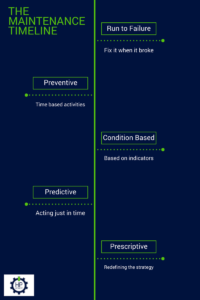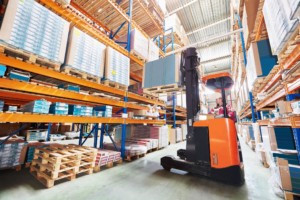How to Ensure Your Attendance at A Conference Delivers An ROI
 As the kids go back to school, maintenance, reliability, and asset management professional resume their professional learning. This learning usually takes place at one of the numerous world-class conferences available across North America and internationally. These conferences allow professionals to observe and connect with the latest tools, technology, and techniques in our amazing profession.
As the kids go back to school, maintenance, reliability, and asset management professional resume their professional learning. This learning usually takes place at one of the numerous world-class conferences available across North America and internationally. These conferences allow professionals to observe and connect with the latest tools, technology, and techniques in our amazing profession.
Sometimes it is difficult for the maintenance, reliability, and asset management professionals to get the approval or funding to attend the conference. Some organizations look at these events as a week of vacation, where there is little to no value from attending the conference. Changing this perception is not an easy task, but can be started by having an intention for the conference.
[Read more…]

 The first step to any reliability improvement program is to define what
The first step to any reliability improvement program is to define what 
 As maintenance, reliability, and asset management professionals, we are in an amazing time. We can collect virtually limitless amounts of data on the condition of our assets. With this data, we can determine the exact condition of the assets, predict when the next failure is likely to occur and how it will occur. Besides, with all of this data, we can move to prescriptive maintenance, where the maintenance actions are determined based on the asset condition, not a predetermined strategy. I’ll touch more on prescriptive maintenance in next week’s post.
As maintenance, reliability, and asset management professionals, we are in an amazing time. We can collect virtually limitless amounts of data on the condition of our assets. With this data, we can determine the exact condition of the assets, predict when the next failure is likely to occur and how it will occur. Besides, with all of this data, we can move to prescriptive maintenance, where the maintenance actions are determined based on the asset condition, not a predetermined strategy. I’ll touch more on prescriptive maintenance in next week’s post. 


 To increase your knowledge, you need to learn new things, try new things and generally push outside of your comfort zone. One of the key components of growing your knowledge is knowing what is new and happening in Maintenance, Reliability, and Asset Management.
To increase your knowledge, you need to learn new things, try new things and generally push outside of your comfort zone. One of the key components of growing your knowledge is knowing what is new and happening in Maintenance, Reliability, and Asset Management.

 Imagine not have the right spare parts to make a repair, or maybe you don’t have to imagine it. It has already happened. Now imagine having to go through the storeroom and throw out $300,000 worth of parts because they were obsolete. Once again, you may not have to imagine it.
Imagine not have the right spare parts to make a repair, or maybe you don’t have to imagine it. It has already happened. Now imagine having to go through the storeroom and throw out $300,000 worth of parts because they were obsolete. Once again, you may not have to imagine it. 
 You begin your day by looking for a part in the storeroom. You are looking for a common bearing used on multiple pieces of equipment on the site. You look up the part in the CMMS and it does not have a bin number associated with it. You walk into the storeroom and beginning going through the “bearing section”. Only the bearing is not there. You wander over the equipment section and find it buried in the equipment specific drawer, but you know that it is used elsewhere. Is this the best way to organize materials, by equipment?
You begin your day by looking for a part in the storeroom. You are looking for a common bearing used on multiple pieces of equipment on the site. You look up the part in the CMMS and it does not have a bin number associated with it. You walk into the storeroom and beginning going through the “bearing section”. Only the bearing is not there. You wander over the equipment section and find it buried in the equipment specific drawer, but you know that it is used elsewhere. Is this the best way to organize materials, by equipment? 